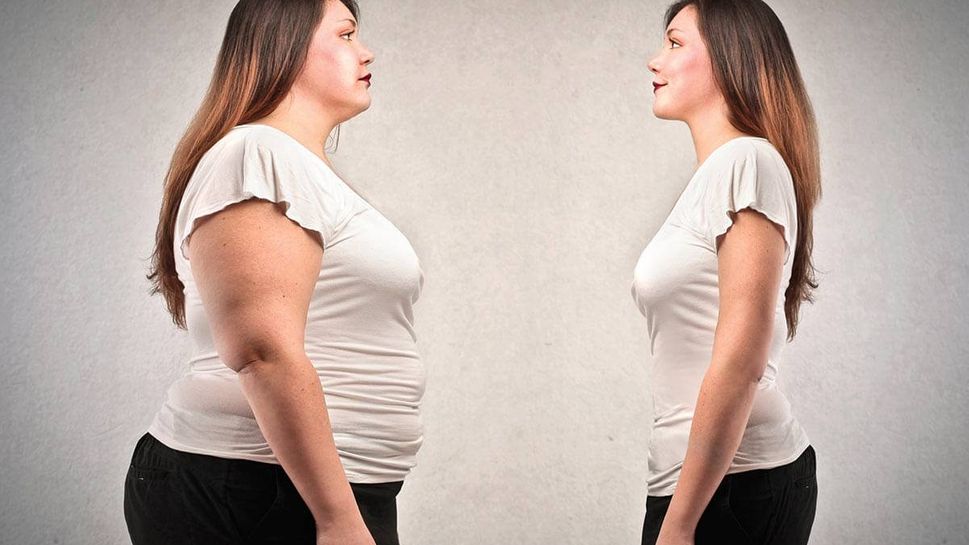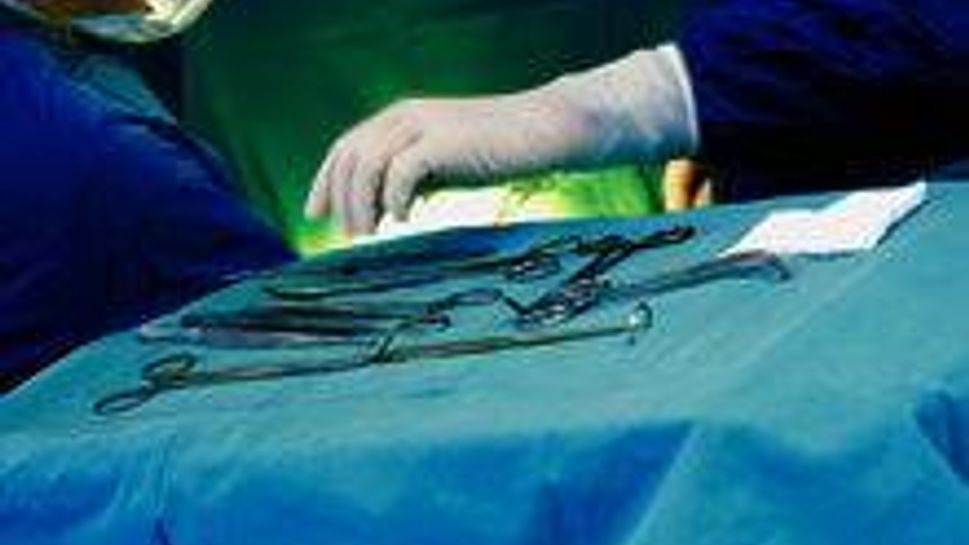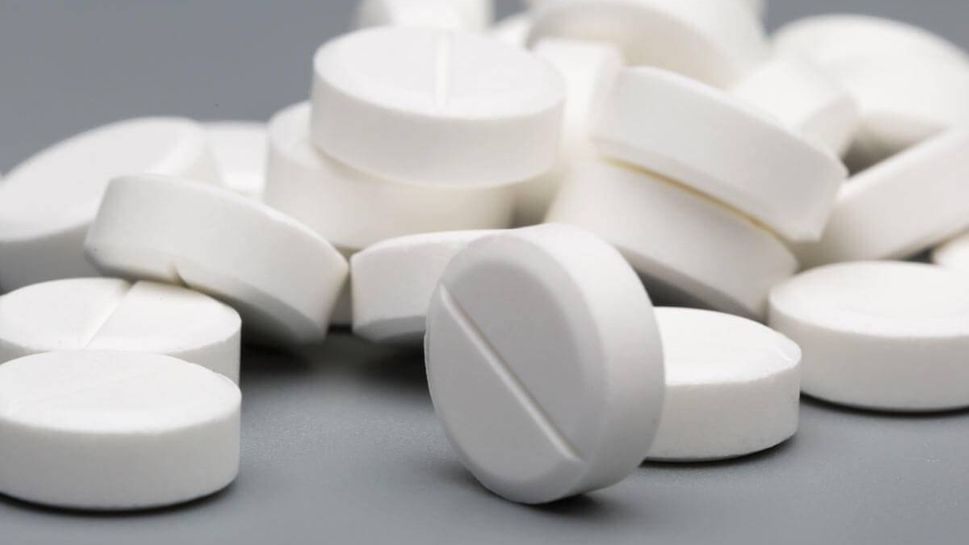5 Surprising Factors That Affect Hot Flashes
Why your experience could be much different than your friend's
1 of 7

A Common Side Effect of Menopause
Most women going through menopause can expect to experience the unpleasant, sudden flush of heat commonly referred to as hot flashes. Estimates vary, but approximately 75 percent of menopausal women will have them. Hot flashes typically start when hormonal changes occur and estrogen drops, somewhere between age 45 and 55, and can last for 10 years after the onset of menopause.
Several schools of thought exist to explain the cause of hot flashes. “The best theory is that a narrowing of the thermoneutral zone occurs in symptomatic postmenopausal women,” says Dr. JoAnn V. Pinkerton, executive director, North American Menopause Society, Charlottesville, Va. “This is the zone of the brain that maintains core temperature.” For symptomatic women, small fluctuations in core body temperature exceed this zone and trigger mechanisms such as sweating and flushing associated with hot flashes or chills. Thus, the discomfort.
Interestingly, not all women experience hot flashes the same way. Some get severe hot flashes that disrupt their lives. For example, women who regularly give presentations in front of an audience may be embarrassed when they begin to sweat profusely. Other women experience much milder symptoms, and some do not get hot flashes at all.
Here experts cite the biggest reasons for differences in hot flashes and tips for controlling them:

Body weight
Since estrogen is produced in part by fat cells, it would make sense that women who have higher body fat would be protected against hot flashes. But that's not the case, says Pinkerton.
“For many years obesity was thought to be protective for hot flashes, but several studies including the SWAN (Study of Women's Health Across the Nation) study have shown that obesity is actually a risk factor for hot flashes during the perimenopause and early postmenopausal times. Women with a higher body mass report more frequent or severe hot flashes compared to women with lower BMIs.”
This could be added incentive to lose weight to improve hot flashes while improving health risks.

Exercise
How much exercise affects hot flashes is up for debate. “Women who exercise regularly report having fewer hot flashes; however, some studies have found no relationship,” says Pinkerton.
A recent meta-analysis did not find that exercise was an effective treatment for hot flashes, particularly when compared with hormone therapy.

Ethnicity
Your ethnicity may influence the likelihood of hot flashes and their severity, says Sherry Ross, OB/GYN and women’s health expert at Providence Saint John’s Health Center in Santa Monica, Calif. She notes that Japanese women are less likely to have hot flashes and African American women are more likely to have them.
“Hispanic women and African American women also often go into menopause earlier, although studies show it’s only a difference of a couple of years,” says Ross.

Removal of ovaries with hysterectomy
A sudden drop in estrogen, such as after ovaries are surgically removed, can cause severe hot flash symptoms, says Gerardo Bustillo, OB/GYN at Orange Coast Memorial Medical Center in Fountain Valley, Calif. “Dramatic symptoms can happen when women are cut off from estrogen abruptly.”
The removal of the uterus alone will not cause an immediate drop in the hormone, since the ovaries (in pre-menopausal women) will continue to produce estrogen.
Chemotherapy that puts women into early menopause may also trigger hot flashes.

Alcohol, caffeine and certain foods
Alcohol, spicy foods and caffeine can all trigger hot flashes in some women, although this is highly individual, says Bustillo.
In addition to its link to hot flashes for menopausal women, alcohol can create health issues in other ways as well. The North American Menopause Society recommends fewer than two drinks per day to avoid increases in rates of cancer, stroke and breast cancer risk. Moderate drinking refers to no more than seven drinks per week and no more than three drinks on any single day.

Non-hormonal treatments that may help
In cases of debilitating hot flashes, your doctor may suggest trying a few remedies, starting with non-estrogen treatments.
For example, a low-level dose of an antidepressant marketed under the brand name Brisdelle (paroxetine, also known by the brand name Paxil) helps many women, says Bustillo. “It’s a lower dose than that used to treat depression and it affects the central nervous system, which works to reduce hot flashes,” he notes.
In addition, acupuncture can quell hot flashes both in frequency and severity among breast cancer survivors, according to a study by Penn State researchers.
Another study showed that acupuncture reduced the severity and frequency of hot flashes in women going through natural menopause. Its effects lasted for up to three months. Surprisingly, treatment effects appeared beneficial regardless of the number of doses, sessions or duration of treatment received.
To keep hot flashes at bay, stay within a healthy body weight, cut out foods that trigger hot flashes and check with your doctor if symptoms become severe enough to disrupt your life. “It’s important that women educate themselves on menopause and treatment options,” says Ross.

